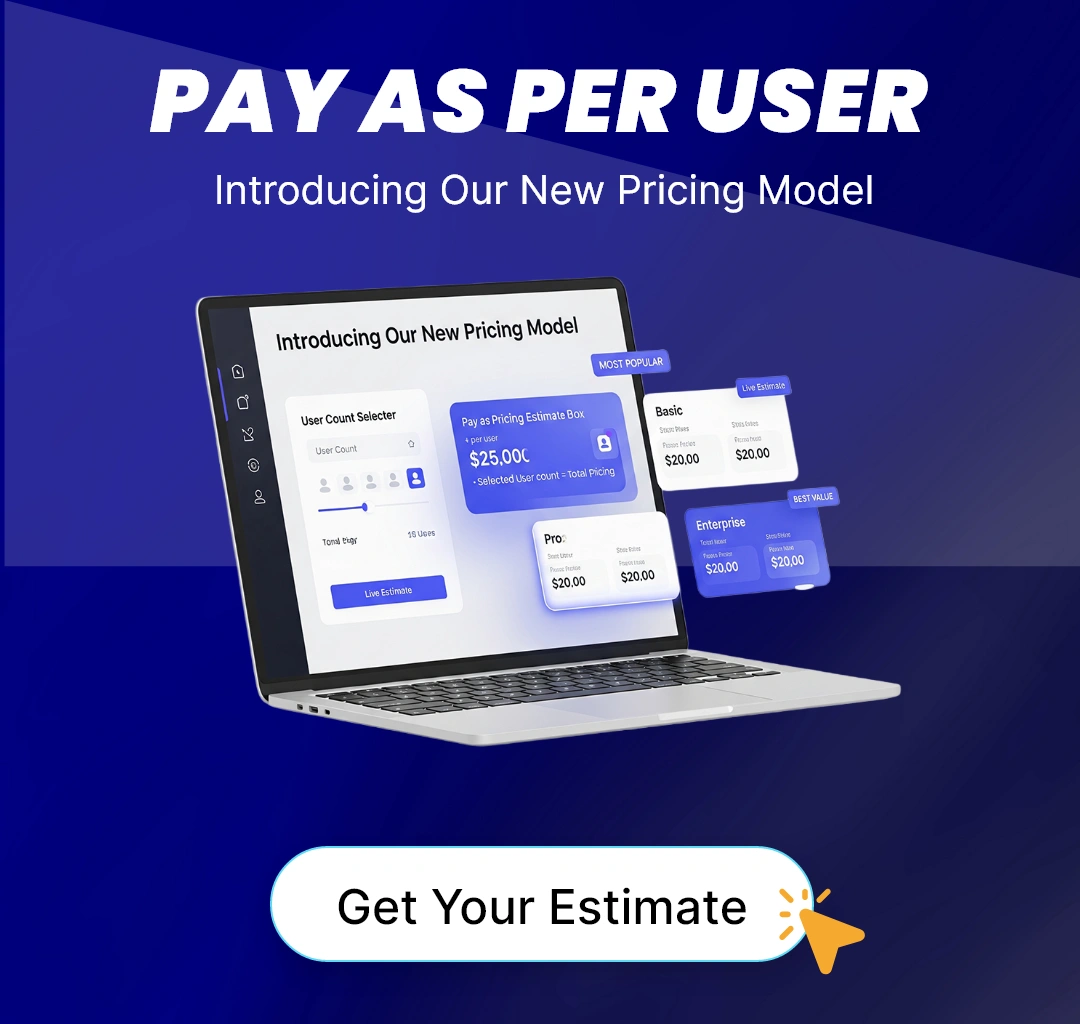Let’s Discover the Top 5 Best LMS and Their Pricing Plans
It is a leading cloud based LMS provider known for its exceptional and powerful functionalities. It delivers top-tier online learning experiences through a comprehensive suite of tools. As a web-based platform, Paradiso LMS is remarkably user-friendly, boasting a highly customizable interface that’s straightforward and intuitive. It makes it a breeze for users to navigate and utilize its features effectively.
The system stands out for its innovative offerings like gamification, which makes learning more engaging and fun, and social learning, which encourages collaboration and interaction among learners. Additionally, its virtual classroom capability enhances remote learning, making it more interactive and accessible.
It serves diverse clients, including corporate entities and educational institutions. Both its Corporate and Educational LMS versions are designed to create captivating and immersive learning experiences, catering to the specific needs of each sector.
Our custom pricing plan is budget friendly for organizations of different sizes, ensuring that high-quality learning experiences are accessible to a broad audience. The balance of advanced features, ease of use, and affordability makes Paradiso LMS a standout choice in online education and training.
It is an acclaimed Learning Management System that provides comprehensive training tools, encompassing everything from course development and delivery to evaluation and reporting. It accommodates diverse pricing options like per-user, usage-based, and subscription plans. LMS Costs vary depending on user count, training type, and selected features, ensuring flexibility and customization to meet different training needs.
It is a versatile and free open-source LMS ideal for online courses, blended learning, and corporate training. It has two pricing options: self-hosting and Moodle Cloud. While self-hosting is free, you must manage the platform on your server. Alternatively, it provides cloud-based hosting, with plans beginning at $180 AUD per year for up to 50 users.
It has a user-based pricing structure, beginning at $69 monthly for 40 active users and scaling to $459 for 1,000 users. All plans feature unlimited courses, email support, and a customized homepage. Higher-tier plans add single sign-on, advanced reporting, and gamification. There’s also a free plan for up to 10 users, including essential functions like course creation, quizzes, and assignments.
It offers versatile LMS solutions: Pro for small groups with basic content, Pro + Coaching for mid-sized to large firms with extensive coaching tools, and Enterprise for advanced needs like custom domains and dedicated support. While LMS software price isn’t specified, these plans are designed to meet the diverse needs of organizations of various sizes and types.












